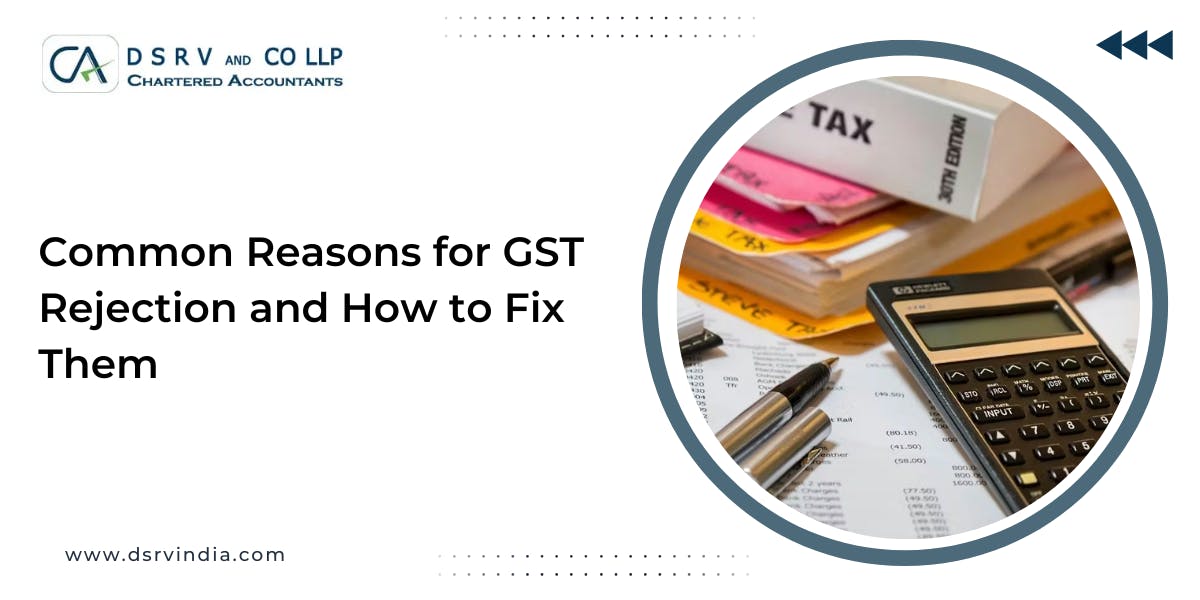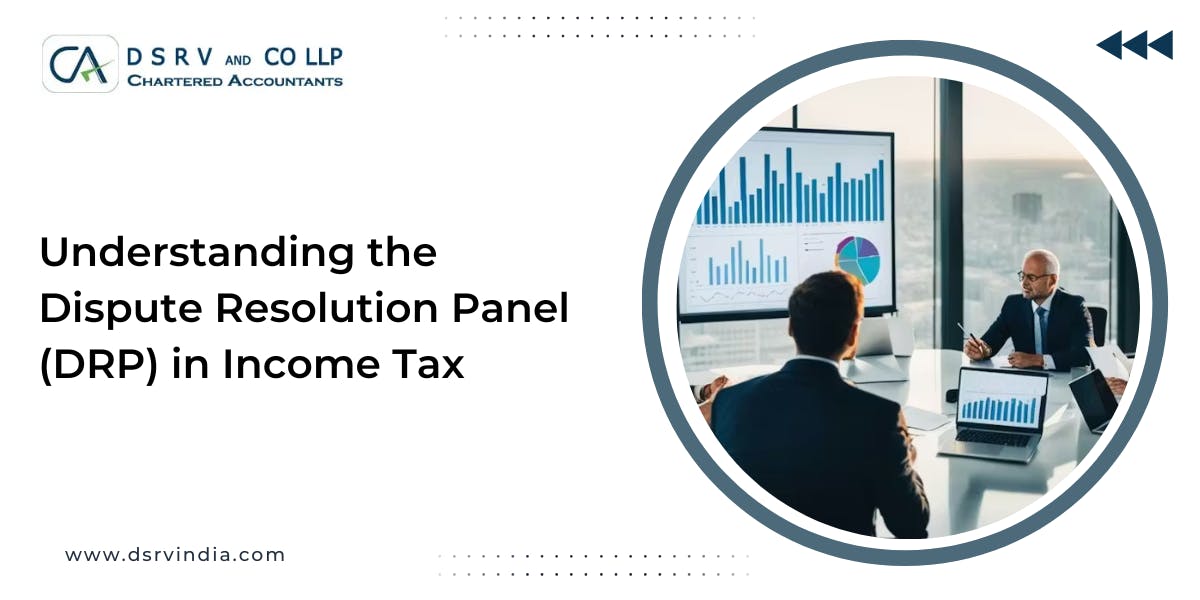Types of Income Tax Assessments under the Income Tax Act
The Income Tax Act has different types of assessment, depending on the situation. Here are the main ones:
1. Summary Assessment – Section 143(1)
This is the simplest form of assessment and is often called a preliminary or summary assessment.
- It’s done automatically by the system when you file your income tax return.
- The system checks for basic mistakes like arithmetic errors or obvious mismatches in income or tax credits.
- If there’s a difference between what you’ve shown in your ITR and what appears in Form 26AS or AIS, you may get a tax notice or intimation.
- You have to respond online within the specified time if any action is required.
If everything matches and no issues are found, the intimation under Section 143(1) works as your final assessment order for that year.
2. Scrutiny Assessment – Section 143(3)
A scrutiny assessment goes one step deeper. It’s a detailed examination of your:
- Income
- Deductions
- Claims and disclosures
The Assessing Officer may issue a scrutiny notice to verify things like:
- Sources of income
- Deductions claimed (like 80C, 80D, etc.)
- Large or unusual transactions
- Mismatched TDS
- Investment proofs or business expenses
Process
- A notice under Section 143(2) is sent if your return is selected for scrutiny.
- You must respond within the specified time, generally 3 months from the end of the month in which the notice is served.
- The AO may ask for more documents, clarifications, or explanations.
- After reviewing everything, an assessment order is passed stating:
- Your assessed income, and
- The final tax due or refund
Under the Faceless Assessment Scheme, all of this happens digitally. You upload documents, reply online, and receive orders on the portal no personal visits, no physical meetings, which makes the process more structured and traceable.
For taxpayers who need help navigating these online procedures or responding to notices, an experienced income tax consultant Gurgaon can provide valuable support and ensure compliance with the requirements.
3. Best Judgment Assessment – Section 144
A Best Judgment Assessment comes into play when:
- A taxpayer fails to file the return, or
- A taxpayer doesn’t respond to notices, or
- The information given is incomplete or unreliable
In such cases, the Assessing Officer completes the assessment based on whatever data is available such as:
- Information already with the Income Tax Department
- Bank transactions
- TDS records
- Third party information
The officer then issues an order estimating the tax liability.
This type of order is usually not in favour of the taxpayer, but the law still gives you the right to appeal within the prescribed time.
4. Reassessment – Section 147
Sometimes, even after an assessment is completed, the department later finds that some income was not reported or escaped assessment.
In such situations, the officer can issue a reassessment notice under Section 147.
This generally happens when:
- New information comes in (for example, from banks, other agencies, or data analytics)
- There are unreported deposits, foreign income, or capital gains
- There’s a clear mismatch between lifestyle/transactions and reported income
The law allows the department to issue such notices within certain years from the end of the relevant financial year, depending on how serious the issue is.
When you receive such a notice, you must:
- File a response or
- File a fresh return, as required, within the time stated in the notice
5. Summary of Assessments
Here’s a quick snapshot to remember the types of assessments:










